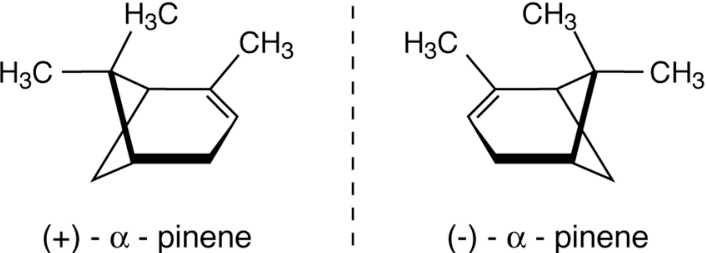Travis
Member
- Joined
- Jul 14, 2016
- Messages
- 3,189
Apparently discontinuing regular aspirin use too quickly can create a rebound effect which increases the chances of thrombosis, do you know if discontinuing bromelain could lead to similar issues?
Perhaps. A reduction in bromelain could lead to longer circulating peptides, on average—those which had been cleaved previously by bromelain—which could slightly change the viscosity of blood or increase adhesion parameters. (But I wouldn't really know because I've been eating pineapples every day for nearly one year.)

